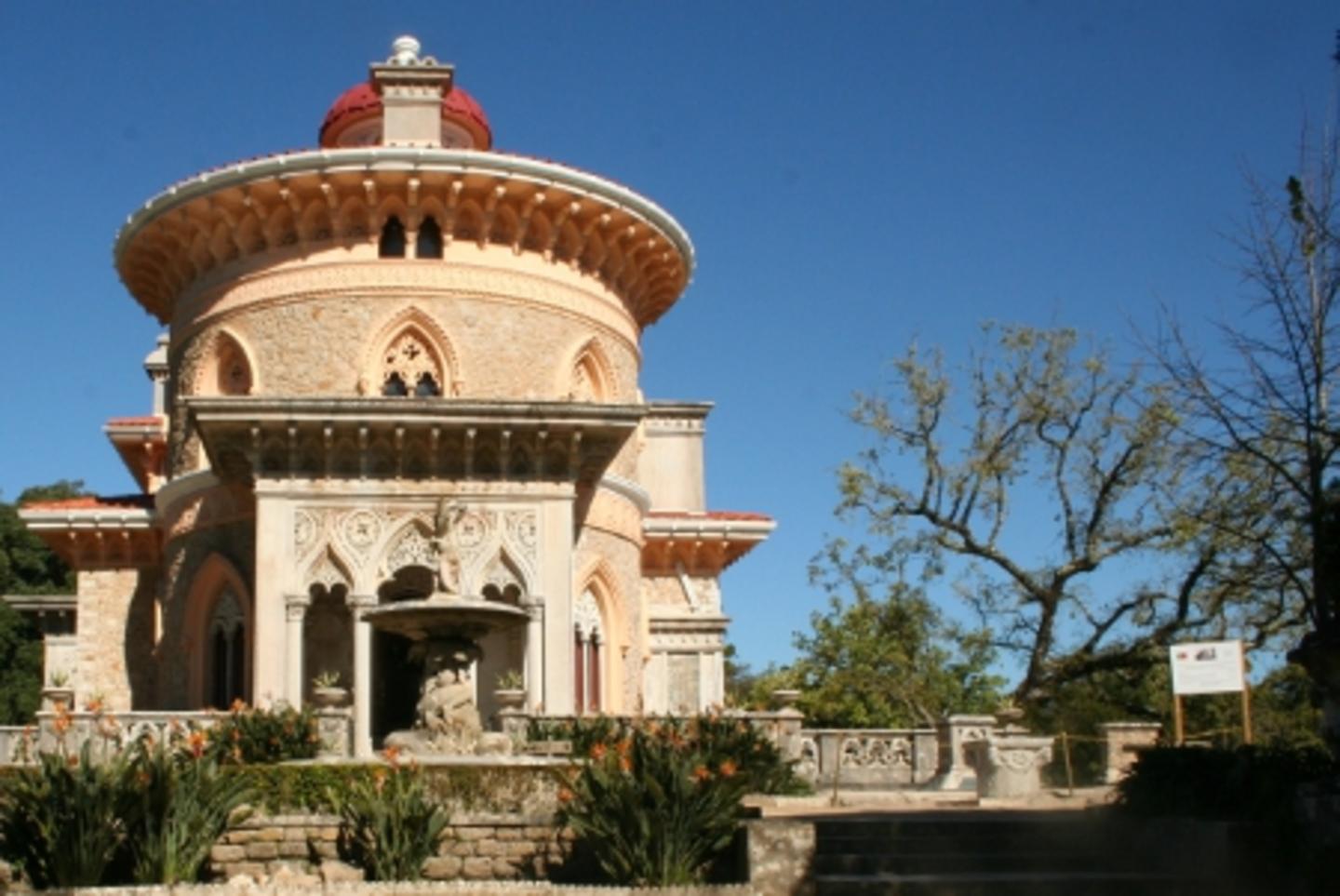The Palace of Monserrate in Sintra’s proximity to Lisbon makes it a convenient destination for day-trippers from the capital, but the building and its surrounding gardens was in need of restoration. Funding from the EEA Grants made it possible to restore much of the castle’s interior. The Grants also contributed to improving visitor’s facilities, making the castle a more accessible attraction. Since the palace was reopened in June 2010, the number of visitors has increased sharply. More than 84,000 visitors strolled through the gardens of the palace in 2011, up 54 percent from 2008.
World heritage site
The palace of Monserrate is an important part of Sintra’s cultural landscape, which has been named a Unesco world heritage site. The EEA Grants supported the world heritage site by investing close to €1.5 million in renovation of historical buildings. The major projects were to refurbish the Palace of Monserrate and to reconstruct the Chalet of the Countess of Edla.
Lakes, waterfalls and botanical collection
The palace was built in the 1800s by a British millionaire, who used the castle as a summer residence.Today, the palace and its gardens are to the pleasure of both Portuguese and international visitors.
The building is a prime example of Portuguese romantic architecture, and the surrounding gardens hold a botanical collection with species from all around the world. The 33 hectare estate also contains lakes and waterfalls.
A new agreement on EEA Grants funding priorities in Portugal was recently signed in the Palace of Monserrate.
